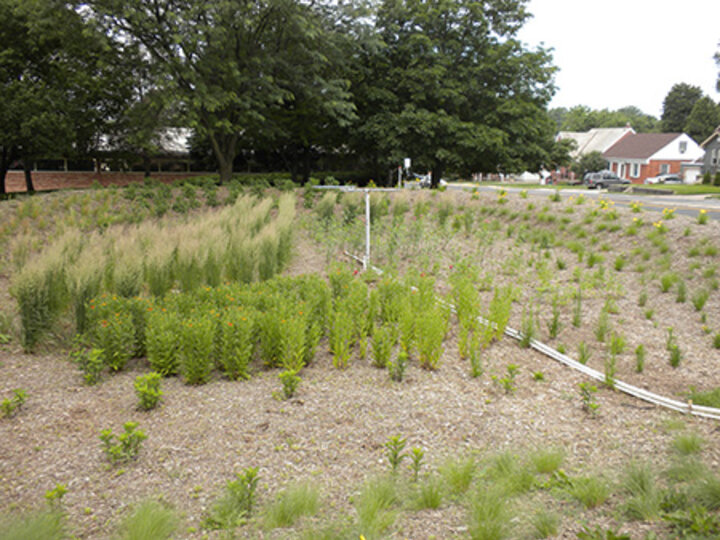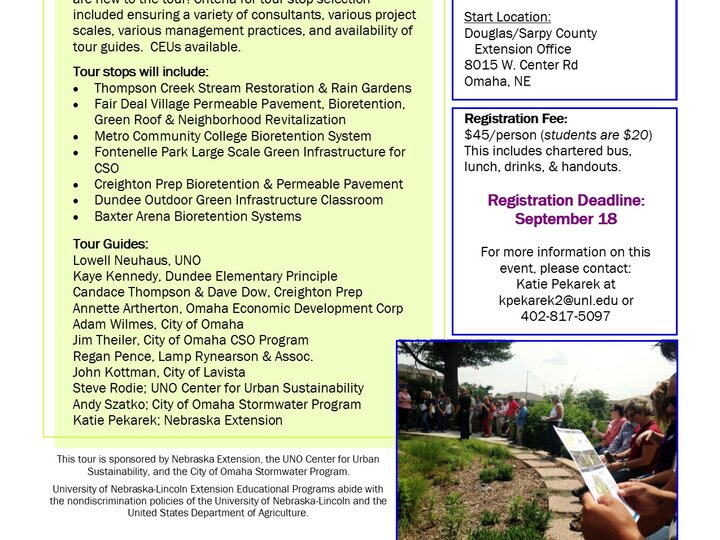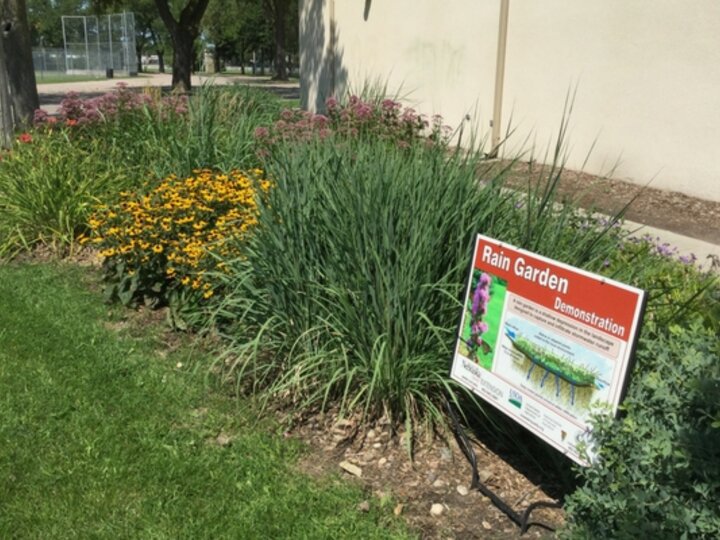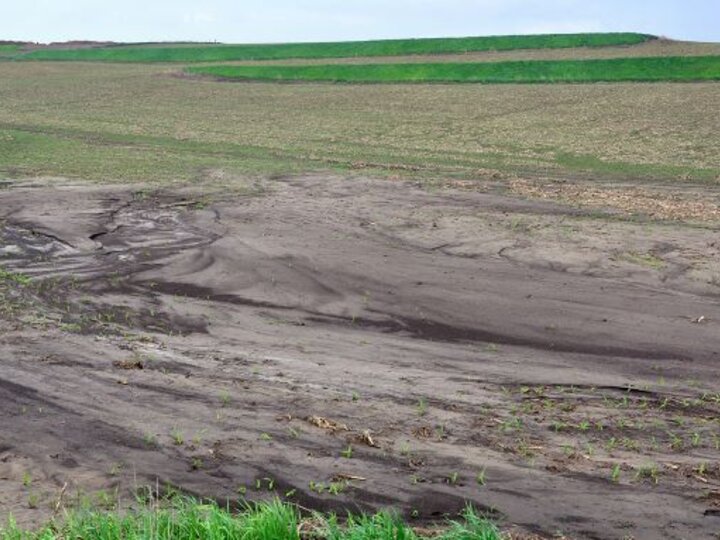The key premise of low impact development (LID) is to allow natural systems to manage stormwater when and wherever possible. LID takes advantage of existing natural features and also designs and constructs systems to imitate natural processes, for example, green roofs, bioretention gardens, and permeable pavement.



